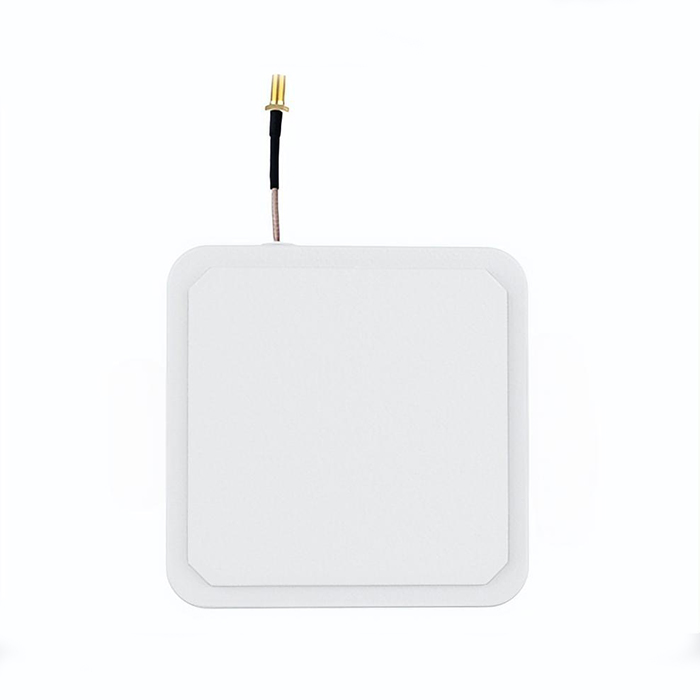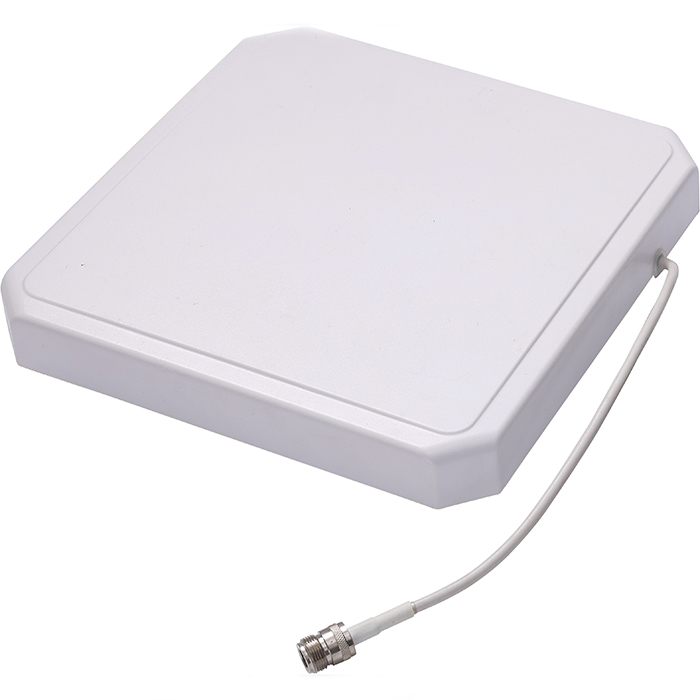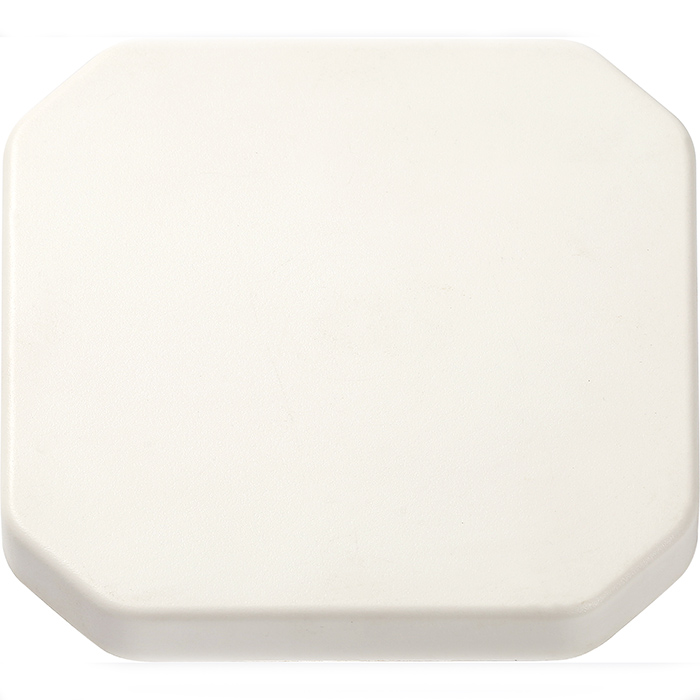- Home
- Service
- Product Center
- Application
- About Us
- Videos
- News
- Contact Us





RFID Antenna is designed to optimize the performance of Radio Frequency Identification (RFID) systems, enhancing the efficiency of data transmission and reception.
Frequency Range(MHz):690-960/1710-2690 Mhz
Center frequency characteristic impedance (Ω):50
Connector Type:CABLE/SMA
Product Application:IOT
RFID Antenna is designed to optimize the performance of Radio Frequency Identification (RFID) systems, enhancing the efficiency of data transmission and reception. Our RFID Antenna offers high sensitivity and wide coverage, making it ideal for various RFID applications, including asset tracking, inventory management, and access control. With robust construction and excellent read/write capabilities, this antenna ensures reliable performance in both indoor and outdoor environments, providing seamless connectivity and accurate data capture.

RFID antennas operate based on electromagnetic field theory. A reader transmits a radio frequency signal of a specific frequency through its antenna. When an RFID tag enters the signal range, its antenna captures the signal and generates an inductive current, activating the tag chip. The chip processes the stored information and transmits the data back to the reader antenna in the form of a radio frequency signal via the tag antenna. The reader receives and decodes the signal, completing the identification process.
Gain coefficient
Measures the degree to which an antenna concentrates input power. Higher gain results in better read distance and speed.
Beamwidth
The distribution of the antenna's radiated power density in the direction of maximum radiation, which determines recognition range and accuracy.
Impedance
Reflects the degree of matching between the antenna and feeder. Good impedance matching reduces signal loss.
Polarization
The direction of the electric field strength generated by the antenna during radiation, which influences the communication method between the antenna and the tag.
Voltage Standing Wave Ratio
Reflects the matching of the antenna and feeder system. A low voltage standing wave ratio ensures stable signal transmission and reduces reflections and loss.
Wavelength
The antenna's wavelength is closely related to the operating frequency and directly affects its radiation pattern and gain characteristics.
Material Selection
Common materials include copper, aluminum, and silver. Materials with high conductivity offer low loss and high radiation efficiency, but can also be costly.
Shape and Structure
Antennas of different shapes, such as linear, circular, and zigzag, have different characteristics and applicable scenarios.
| Frequency Range(MHz) | 690-960/1710-2690 |
| Impedance(Ω) | 50 |
| Gain(dBi) | 3 |
| V.S.W.R | 3 |
| Connector Type | CABLE/SMA |
| Product Application | IOT |
Asset Tracking: Facilitates real-time tracking of assets and inventory, improving management and reducing losses in logistics and warehousing.
Inventory Management: Enhances inventory control by providing accurate and efficient RFID data capture for stock levels and product information.
Access Control: Supports secure access control systems by enabling reliable identification and authentication of individuals and vehicles.
Retail: Improves customer experience and operational efficiency in retail environments by streamlining checkout processes and monitoring product movement.
Industrial Automation: Integrates into industrial systems for tracking and managing equipment, tools, and components, optimizing workflow and reducing downtime.
A: An RFID Antenna is used to enhance the performance of RFID systems by improving the transmission and reception of radio frequency signals for data capture and identification.
A: It can be used in asset tracking, inventory management, access control, retail environments, and industrial automation systems.
A: Benefits include high sensitivity, wide coverage, reliable data capture, and efficient performance in both indoor and outdoor environments.
A: It enables reliable identification and authentication, ensuring secure and efficient access control for individuals and vehicles.
A: Yes, the RFID Antenna is designed for robust performance in various environments, including outdoor settings, provided it is appropriately protected from extreme conditions.